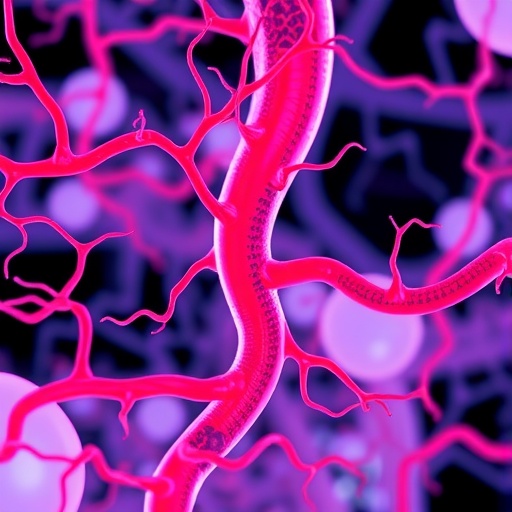
Credit: L.A. Cicero
Last month alone, 23 percent of Americans took two or more prescription drugs, according to one CDC estimate, and 39 percent over age 65 take five or more, a number that's increased three-fold in the last several decades. And if that isn't surprising enough, try this one: in many cases, doctors have no idea what side effects might arise from adding another drug to a patient's personal pharmacy.
The problem is that with so many drugs currently on the U.S. pharmaceutical market, "it's practically impossible to test a new drug in combination with all other drugs, because just for one drug that would be five thousand new experiments," said Marinka Zitnik, a postdoctoral fellow in computer science. With some new drug combinations, she said, "truly we don't know what will happen."
But computer science may be able to help. In a paper presented July 10th at the 2018 meeting of the International Society for Computational Biology in Chicago. Zitnik and colleagues Monica Agrawal, a master's student, and Jure Leskovec, an associate professor of computer science, lay out an artificial intelligence system for predicting, not simply tracking, potential side effects from drug combinations. That system, called Decagon, could help doctors make better decisions about which drugs to describe and help researchers find better combinations of drugs to treat complex diseases.
Too many combinations
Once available to doctors in a more user-friendly form, Decagon's predictions would be an improvement over what's available now, which essentially comes down to chance – a patient takes one drug, starts taking another and then develops a headache or worse. There are about 1000 different known side effects and 5,000 drugs on the market, making for nearly 125 billion possible side effects between all possible pairs of drugs. Most of these have never been prescribed together, let alone systematically studied.
But, Zitnik, Agrawal and Leskovec realized they could get around that problem by studying how drugs affect the underlying cellular machinery in our body. They composed a massive network describing how the more than 19,000 proteins in our bodies interact with each other and how different drugs affect these proteins. Using more than 4 million known associations between drugs and side effects, the team then designed a method to identify patterns in how side effects arise based on how drugs target different proteins.
To do that, the team turned to deep learning, a kind of artificial intelligence modeled after the brain. In essence, deep learning looks at complex data and extracts from them abstract, sometimes counterintuitive patterns in the data. In this case, the researchers designed their system to infer patterns about drug interaction side effects and predict previously unseen consequences from taking two drugs together.
Predicting complications
Just because Decagon found a pattern doesn't necessarily make it real, so the group looked to see if its predictions came true, and in many cases, they did. For example, there was no indication in the team's data that the combination of atorvastatin, a cholesterol drug, and amlopidine, a blood pressure medication, could lead to muscle inflammation, yet Decagon predicted that it would, and it was right. Although it did not appear in the original data, a case report from 2017 suggested the drug combination had led to a dangerous kind of muscle inflammation.
That example was born out in other cases as well. When they searched the medical literature for evidence of ten side effects predicted by Decagon but not in their original data, the team found that five out of the ten have recently been confirmed, lending further credence to Decagon's predictions.
"It was surprising that protein interaction networks reveal so much about drug side effects," said Leskovec, who is a member of Stanford Bio-X, Stanford Neurosciences Institute and the Chan Zuckerberg Biohub.
Right now, Decagon only considers side effects associated with pairs of drugs, and in the future the team hopes to extend their results to include more complex regimens, Leskovec said. They also hope to create a more user-friendly tool to give doctors guidance on whether it's a good idea to prescribe a particular drug to a particular patient and to help researchers developing drug regimens for complex diseases with fewer side effects.
"Today, drug side effects are discovered essentially by accident," Leskovec said, "and our approach has the potential to lead to more effective and safer healthcare."
###
The research was supported by the National Science Foundation, the National Institutes of Health, the Defense Advanced Research Projects Agency, the Stanford Data Science Initiative and the Chan Zuckerberg Biohub.
Media Contact
Nathan Collins
[email protected]
650-725-9364
@stanford





